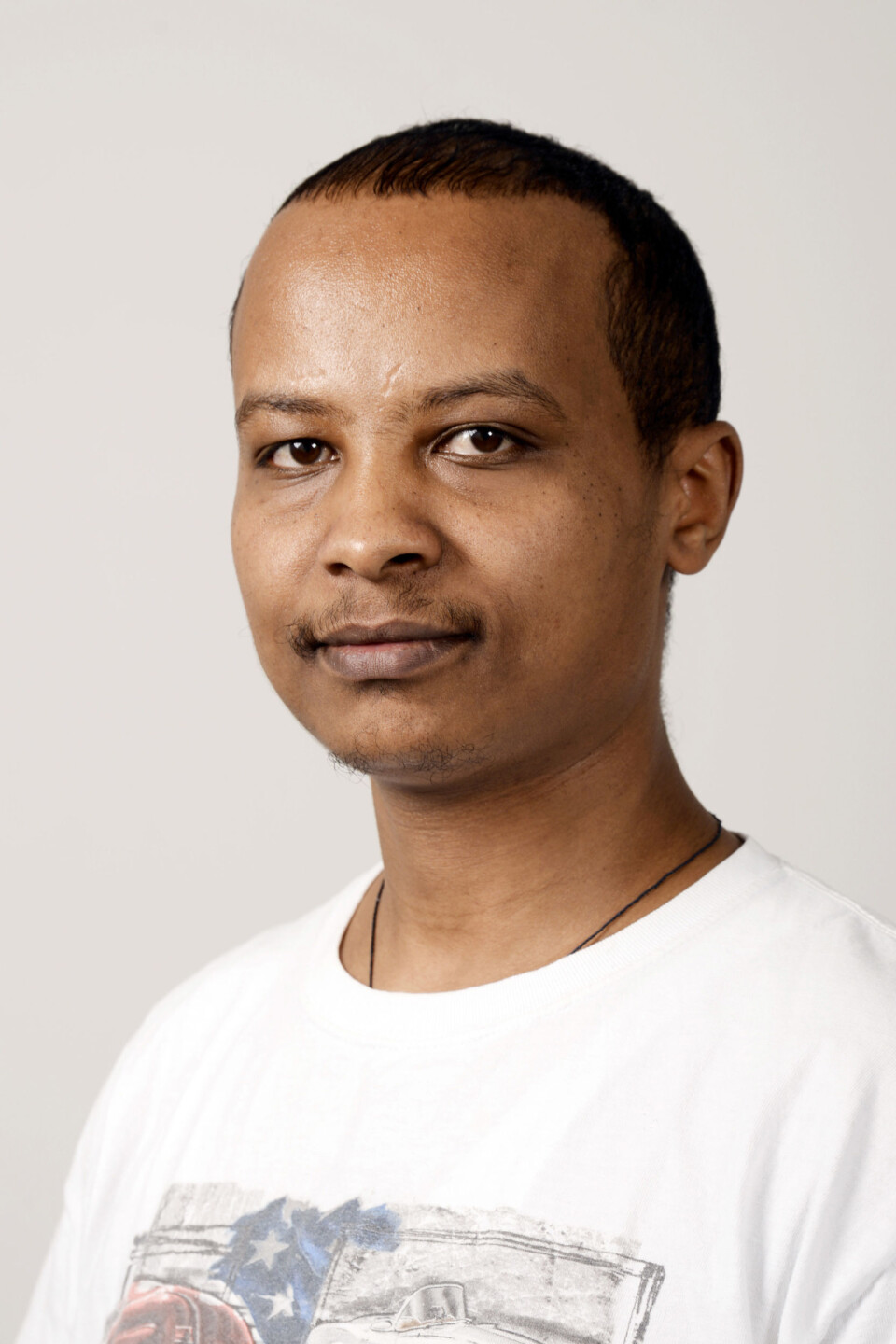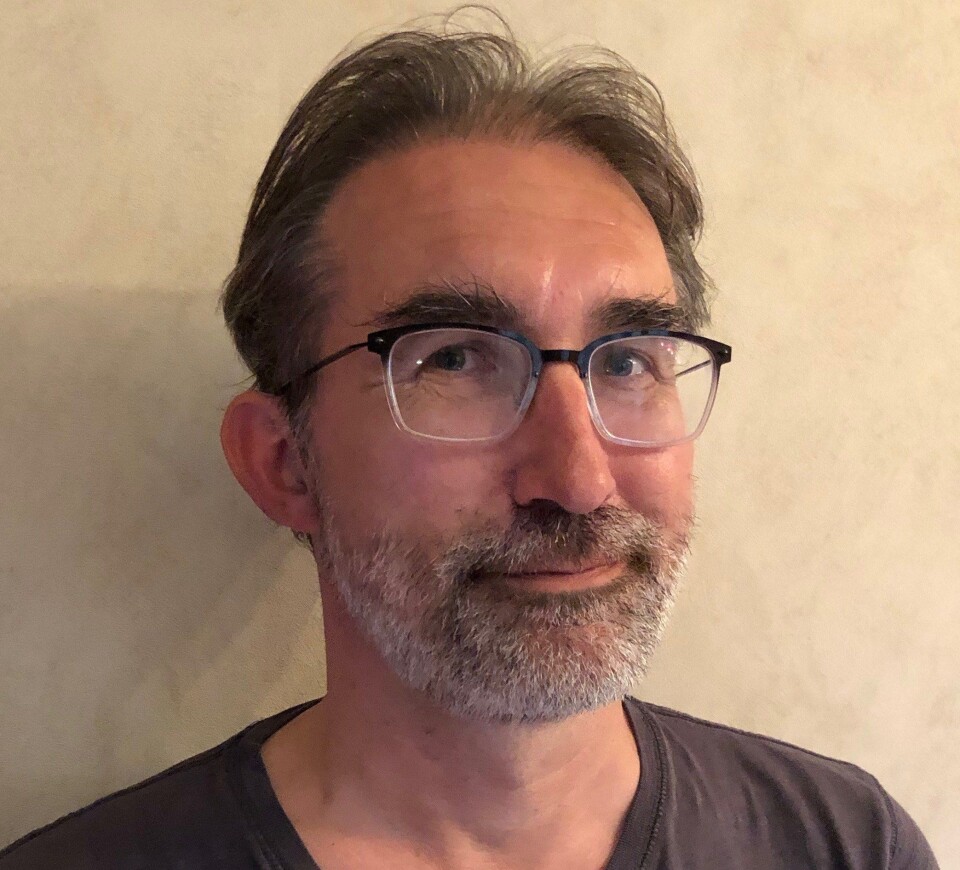This article was produced and financed by Norwegian centre for E-health research - read more

New tool makes it possible to do research on patient records without seeing sensitive information
Researchers have developed a new tool that can collect information from electronic health records without disclosing sensitive patient information.
A new IT tool will make it easier to carry out quality assurance throughout the health service.
"We can now easily extract information and statistics from electronic health records (EHR) to conduct research and quality assurance, without any risk of comprising sensitive information," says professor Johan Gustav Bellika at the Norwegian Centre for E-health Research.
This technology could be an important step towards a national system for patient records, even if data is spread across numerous systems.
"We hope researchers, planners and decision-makers see the potential and adopt the method," says Bellika, who's in charge of the project.

Unique method
In the past, researchers have extracted information manually. First they must get the patient records from GPs and other sources, then they must find and write up the data.
In this process errors might be added and sensitive information might go astray. In addition, the process takes time and costs money.
These issues have now been eliminated through the new IT tool. This tool can extract information and produce a report in just 22 seconds.
“The tool can be applied to all electronic health records, regardless of where in the system the record is stored, at a dentist, at a nursing home or a hospital. Not even the researchers will be able to identify which patient record the information comes from,” explains researcher Kassaye Yitbarek Yigzaw.
The tool is based on a data protection algorithm which Yigzaw developed and studied for his PhD in 2017.
To test the tool, researchers looked into prescriptions of antibiotics by GPs. The tool and its special algorithm were installed on the servers of three Norwegian GP centres.
During the test, researchers searched for specific diagnoses and prescriptions in the records of 20,245 patients, split between 21 GPs. As the patient data does not need to be moved, researchers can extract even more data than before, without compromising privacy.

Antibiotic use
Also the GPs can get statistics on the number of antibiotic prescriptions they have issued and the reasons for issueing them. They can then compare their output with, for example, the average number of prescriptions issued by other GPs.
The algorithm can check everything from the diagnoses that antibiotics are used for, right down to the day of the week on which prescriptions are issued.
The 21 GPs involved in the study found it useful to compare themselves with their colleagues. They can now carry out targeted quality assurance based on their own results.
Health authorities in Norway had aimed to reduce antibiotic use by 30 percent between 2012 and 2020. Every year, over 700,000 people worldwide die due to antibiotic-resistant bacteria. In Norway, GPs issue around 80 percent of all prescriptions for antibiotics.
"This is why we examined the use of antibiotics at three GP centres between 2015 and 2018. During this period, 14,396 of the patients were diagnosed with selected respiratory infections where antibiotics could have been used," says Yigzaw.
“Only 20 percent of patients got a prescription for antibiotics. Of these, over 60 percent got a prescription for narrow-spectrum antibiotics," explains Yigzaw.
“The tool makes it possible to do much more research on health data than before," says professor Peder Halvorsen. He is the medical expert of the research team. He hopes the tool will be used to support research of relevance to the primary health service.
"Research based on such data has been scarce, but no more," says Halvorsen.
The new method can be used in Norway through the Patient Records Act.

A billion patient records
"Patients benefit when the quality of the health service is continually improved. Norway can save a lot of money by adopting this method for analysing information that is scattered across various IT systems,” says Bellika.
Also researchers abroad are interested in the new tool.
“An international research network called OHDSI, which covers 17 countries and has a billion patients connected to its network, will use our tool in their research into patient records," says Bellika.
In 2020, the e-health researchers published a scientific paper on the use of the algorithm. It explains how they can extract data from patient records, which is stored in different systems and databases, without accessing sensitive information or risking any breach of the data protection rules.
The following researchers are involved in the project: Kassaye Yitbarek Yigzaw, Andrius Budrionis, Luis Marco-Ruiz, Torje Dahle Henriksen, Peder A. Halvorsen and Johan Gustav Bellika.
References:
Kassaye Yitbarek Yigzaw et al.: Privacy-preserving architecture for providing feedback to clinicians on their clinical performance, BMC Med Inform Decis Mak. 2020. https://doi.org/10.1186/s12911-020-01147-5
Hamed Abedtash: Using OHDSI Data Network for Capturing Real-World Evidence: Our Experience with a Multi-Country Study on an Obese and Overweight Cohort, 2019.
———
Read the Norwegian version of this article on forskning.no


































